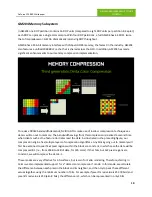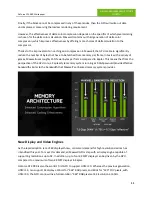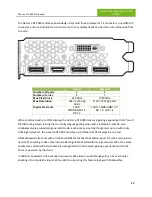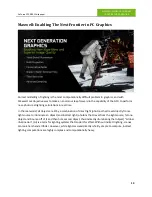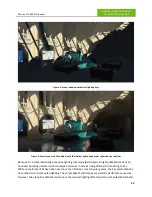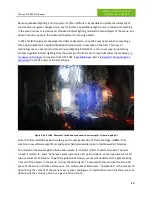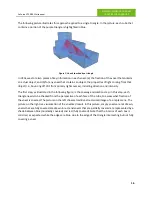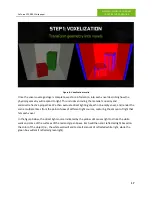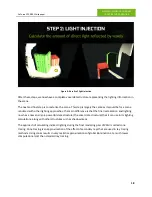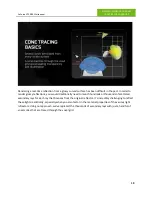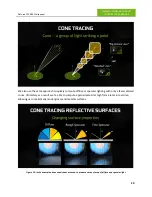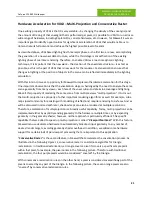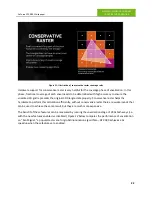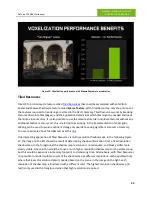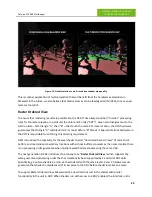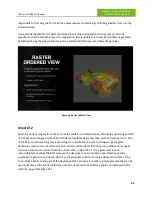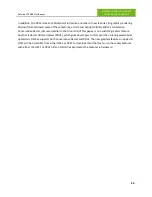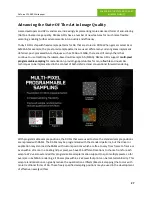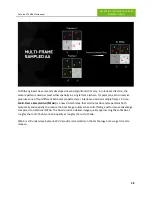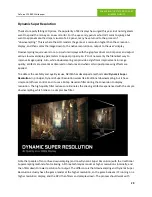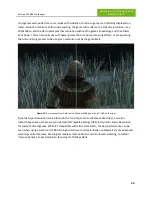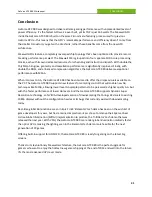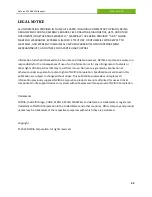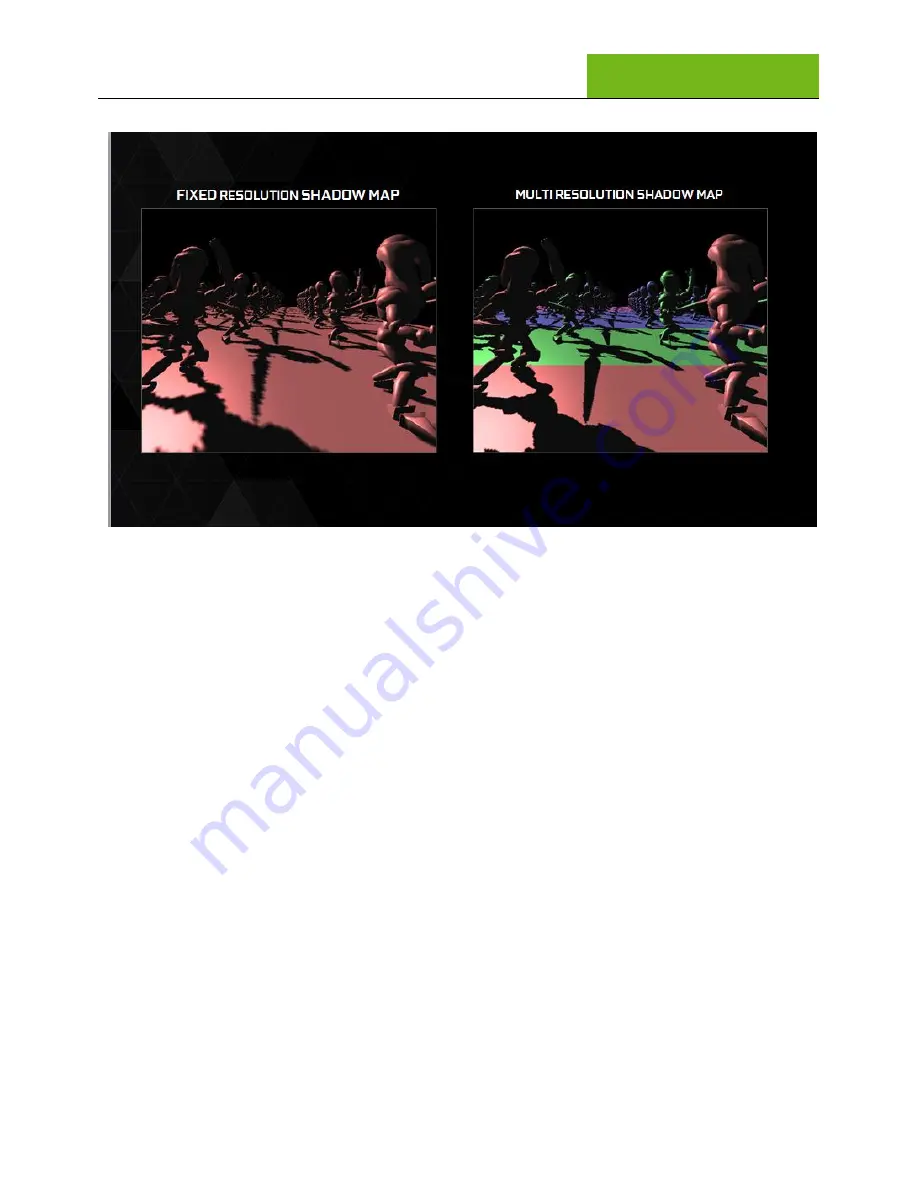
GeForce GTX 980 Whitepaper
MAXWELL: ENABLING THE NEXT
FRONTIER IN PC GRAPHICS
24
Figure 13: Fixed resolution vs multi resolution shadow map quality
This is another application of multi-projection that will benefit from the hardware acceleration in
Maxwell. In the future, we also believe that tiled resources can be leveraged within VXGI, to save voxel
memory footprint.
Raster Ordered View
To ensure that rendering results are predictable, the DX API has always specified “in order” processing
rules for the raster pipeline, in particular the Color and Z units (“ROP”). Given two triangles sent to the
GPU in order—first triangle “A,” then “B”—that touch the same XY screen location, the GPU hardware
guarantees that triangle “A” will blend its color result before “B” blends it. Special interlock hardware in
the ROP is responsible for enforcing this ordering requirement.
DX11 introduced the capability for the pixel shader to bind “Unordered Access Views” of color and Z
buffers, and read and write arbitrary locations within those buffers. However as the name implies, there
is no processing order guarantee when multiple pixel shaders are accessing the same UAV.
The next generation DX API introduces the concept of a “
Raster Ordered View
,” which supports the
same guaranteed processing order that has traditionally been supported by Z and Color ROP units.
Specifically, given two shaders A and B, each associated with the same raster X and Y, hardware must
guarantee that shader A completes all of its accesses to the ROV before shader B makes an access.
To support Raster Ordered View, Maxwell adds a new interlock unit in the shader with similar
functionality to the unit in ROP. When shaders run with access to a ROV enabled, the interlock unit is

